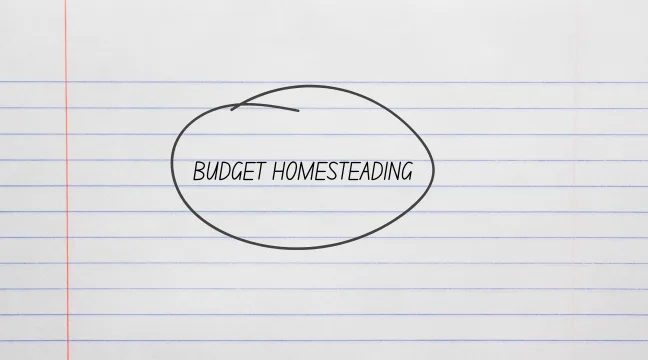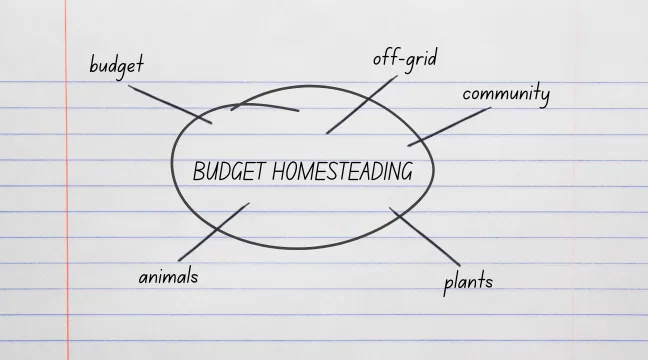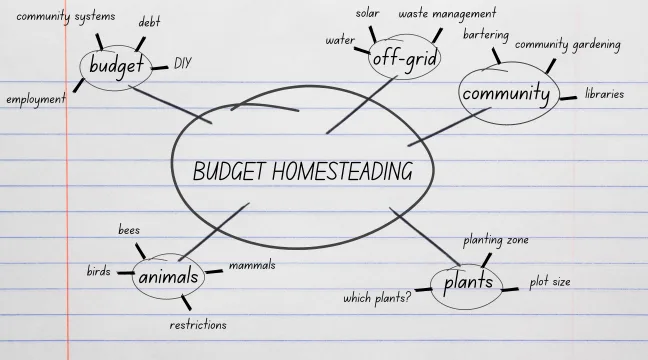5 Ways to Start a Self-Help Book
Ollie Ander
Is probably just a couple cats in a trench-coat—the hair shedding and sunlight napping are highly suspect.
We all have a story to tell, and some of us have stories that can help others. Writing a self-help book is a noble cause that should always be handled with great care: You wouldn’t want to provide misinformation to those you’ve set out to aid.
Here are a few things to ask yourself before undertaking your self-help book, and where to start once you have the answers:
Things to Consider Before Writing a Self-Help Book
There are many considerations before you begin your self-help book—here are a few of the big ones.
Offer Solutions
What do you want your self-help book to solve?
Once you identify the problem you want to address, write out your goal and keep it visible during the writing process so you never lose focus of who you’re trying to help. What sets self-help books apart from other nonfiction is that it should not only provide readers with answers to the questions they may have but also provide actionable solutions to what they are facing.
Perspective
What perspective will you write your self-help book from?
Self-help books fall roughly into two perspectives: Personable or Professional.
To write a personable book, you can draw upon your personal experiences, compiling them into a memoir-like self-help book. Show readers how you overcame your struggle, and provide insight on how they can too. Ie: "How I Turned My Life Around."
However, that doesn’t mean you need to have lived through whatever lesson it is you wish to teach. Anyone can write on any topic, so long as they do their due diligence researching it. If you lack a direct tie to your chosen topic, you can approach your self-help book from a professional perspective, collecting information and presenting supplementary material to provide your readers with useful strategies for betterment. Ie. "How You Can Turn Your Life Around."
Story Structure
Although self-help books can vary in length depending on how deeply they explore their subject, they should still adhere to a story structure. For a personable self-help book, your shared experiences should follow a character arc, even if the stories are primarily meant to enforce the insight you’re sharing. Not only will readers want to see the person you were before, and after enacting said advice—to know they can accomplish similar results—showing a transformation will legitimize you as an authority on the issue.
For a professional self-help book, make sure to structure your book in a way so that every chapter of information lends further to the thesis. More like an academic essay format, start by letting readers know what your book can help them with, provide relevant information, and lead them through how to enact changes to get the desired results.
Where personable self-help books can meander for the sake of characterization, a professional self-help book should be concise—without that level of emotional investment, it’s important not to bore the audience. Stalling or withholding information for the sake of adding length to your manuscript could rub readers the wrong way and call into question the credibility of your self-help book, so be wary of that pitfall!
Provided Value
As with any genre of writing, it’s important to study the market. Read other self-help books in the same vein as yours. On top of making you well-versed in your given topic, it will also help you identify things that those other self-help books may be lacking. If there is something more you feel you can offer your readers, that will set your self-help book apart from the rest.
How to Begin Writing a Self-Help Book
Sometimes getting started is the hardest part. Here are some methods to help you out.
1. Mind Map Outline
If you're struggling to begin, try to expand your topic with a mind map to generate your first outline. Mind maps are simple—they are a tool to help you visualize, brainstorm, and connect ideas.
These are easily done with a sheet of paper and a pen, but you can also use something like $ Canva$ 's whiteboard feature, if you think you'll want to add resources, images, or extensive branch structures.
1. Write and circle your main topic

2. Branch out from there with everything you can think of within that topic

3. Branch each of those topics out into as many as you can think of

4. Continue until you are satisfied you've depleted the ideas.
This exercise can show you your chapters, subheadings, and so on. If you branch out far enough, you'll end up with a paragraph-by-paragraph outline.
Keep in mind that you don't have to keep everything you write down, so brainstorm freely to ensure you've wrung every idea drop from your brain before you step back to choose the ones you actually want to include.
2. Build Pain
You may be familiar with the term "building pain" as it relates to sales—and it applies to self-help books in the same way. Building pain means pointing out the ways in which your target demographic is suffering. Show them that they need your book. Reveal the true nature of the situation. Suggest what might happen if this problem remains unsolved.
3. Personal Anecdote
If relevant, it may be appropriate to open your book with a personal anecdote related to your subject. When did you first realize you had this issue? When was a time before you had it? Or maybe even nail the inciting incident that created this problem for you. If using an anecdote, be sure to choose one that your general audience will relate to.
4. Road Map
The road map opener should be included in your first chapter, if not at the very beginning. It sells your reader what to expect, what topics you'll cover, and in what order. If your book has some followable plan, worksheet, or project, you can give an overview of that as well. Set expectations for what your reader will get from this book.
5. Evocative Question
A simple, straightforward solution to opening your self-help book is with an evocative question. Ask something that will make your reader think. Or perhaps something they likely haven't considered.
These five examples are not the only ways to open your self-help book. Be creative and find what works best for you!
Once you've decided what self-help topic you'd like to tackle and the perspective you're going to approach it from, it's time to start compiling your experiences/information and outlining the book. For a more in-depth guide, check out $ How To Outline a Self-Help Book$ .
Like what you're reading?
Join other authors like you in NovelPad’s free writing community!
Join the communitySimilar Posts
What File Formats are Accepted by Kindle Direct Publishing?
File types for ebooks, paperbacks, and hardbacks on Amazon's KDP.
Ollie Ander
Is probably just a couple cats in a trench-coat—the hair shedding and sunlight napping are highly suspect.
How long is a fantasy book? Words, pages, chapters, scenes, & prologues
What should wordcount goals look like for a fantasy novel?
S.R. Beaston
Crafty with words, wit, and wisdom, just add caffeine to make it more interesting.
What is a NovelPad Scene Card? | Organizing Your Novel
S.R. Beaston
Crafty with words, wit, and wisdom, just add caffeine to make it more interesting.
How To Write Strong Atmosphere In Stories
7 best tips for creating strong atmosphere in your writing.
Hannah Lee Kidder
NovelPad Author
Elements To Include on a Novel Scene Index Card
How to create scene cards to plan your novel.
Ollie Ander
Is probably just a couple cats in a trench-coat—the hair shedding and sunlight napping are highly suspect.
What’s the Difference Between a Novel and Novella?
What distinguishes the novel from the novella?
Ollie Ander
Is probably just a couple cats in a trench-coat—the hair shedding and sunlight napping are highly suspect.